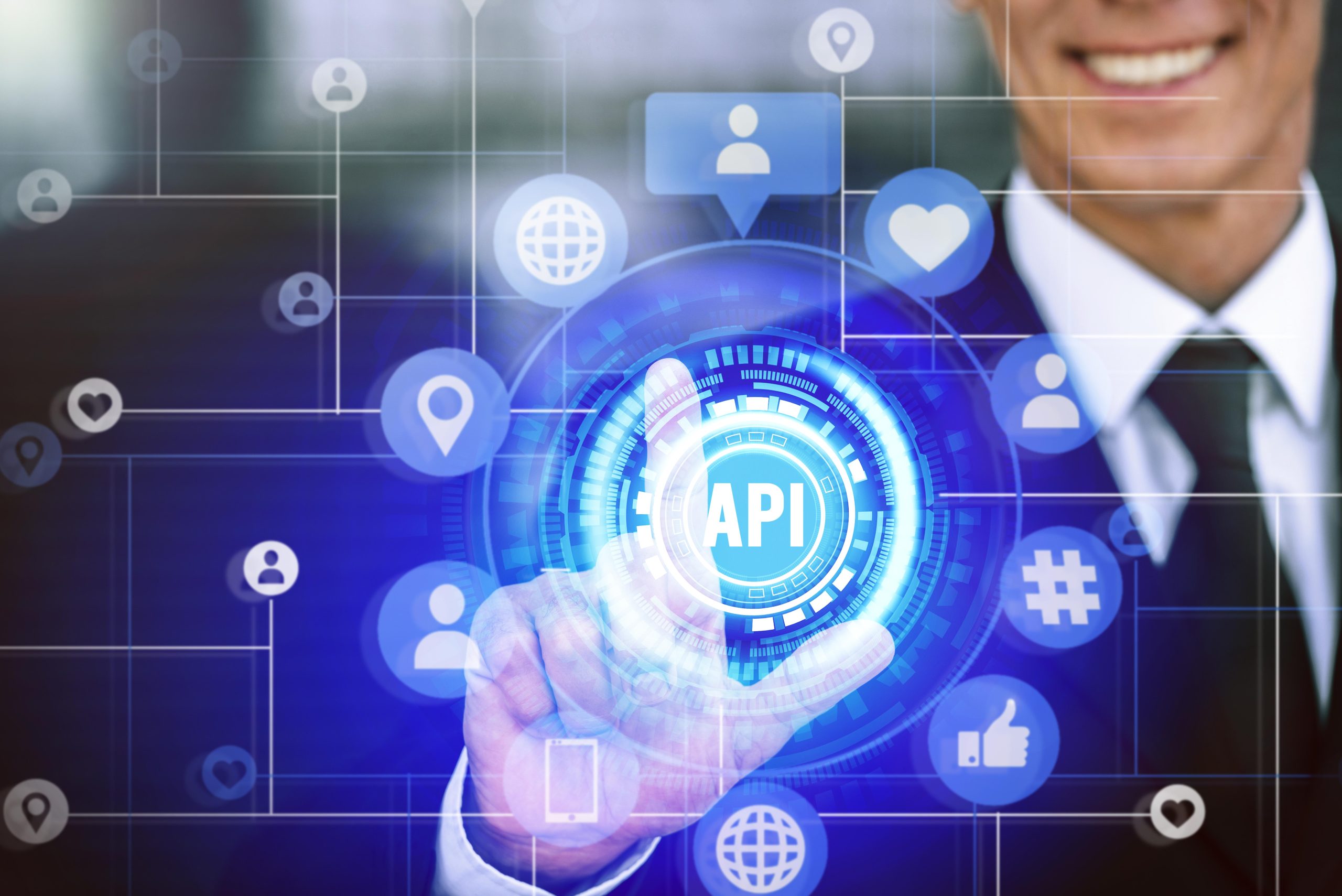In the fast-paced digital landscape of 2024, creating engaging and relevant content is paramount for businesses and individuals alike. With advancements in artificial intelligence (AI) technology, content generation has become more efficient and effective than ever before. Leveraging AI tools and techniques can streamline the content creation process, saving time and resources while ensuring high-quality output. Here are seven of the best ways to harness AI for content generation in 2024: Click here
Table of Content
- Natural Language Generation (NLG)
- Content Curation Platforms
- Automated Video Creation
- Chatbots and Conversational AI
- AI-Powered Content Editing
- Content Personalization Engines
- AI-Generated Visuals and Graphics
- Conclusion
1. Natural Language Generation (NLG):

Natural Language Generation (NLG) is a powerful AI technology that enables computers to generate human-like text. NLG systems analyze data inputs and transform them into coherent narratives, articles, or reports. These systems can be trained on specific topics or styles, allowing for the creation of tailored content. Businesses can use NLG to automatically generate product descriptions, news articles, or personalized emails, saving hours of manual writing.
2. Content Curation Platforms:

AI-driven content curation platforms aggregate and organize content from across the web based on predefined criteria. These platforms utilize machine learning algorithms to understand user preferences and deliver relevant content recommendations. Content marketers can leverage these platforms to discover trending topics, monitor industry news, and gather insights for creating original content. By automating the content discovery process, businesses can stay informed and engage their audience with timely and curated content.
3. Automated Video Creation:

Video content continues to dominate digital platforms, but creating high-quality videos can be time-consuming and resource-intensive. AI-powered video creation tools simplify this process by automating tasks such as video editing, voiceover synthesis, and animation. These tools use algorithms to analyze audio and visual inputs, generating professional-looking videos in minutes. Content creators can use automated video creation platforms to produce tutorials, promotional videos, or social media content without the need for specialized skills or equipment.
4. Chatbots and Conversational AI:

Chatbots and conversational AI systems are revolutionizing customer service and support channels. These AI-driven interfaces can engage users in natural language conversations, answering questions, providing recommendations, and resolving issues in real-time. Beyond customer support, chatbots can also be used to generate content through interactive storytelling experiences or personalized dialogue simulations. By leveraging chatbots, businesses can enhance user engagement and deliver personalized content experiences across digital channels.
5. AI-Powered Content Editing:

Proofreading and editing are essential steps in the content creation process, ensuring clarity, correctness, and consistency. AI-powered editing tools utilize natural language processing (NLP) algorithms to analyze written content for grammar errors, spelling mistakes, and stylistic inconsistencies. These tools can suggest edits, rephrase sentences, and improve readability, helping writers refine their content efficiently. Whether writing blog posts, articles, or marketing copy, AI-powered editing tools can enhance the quality of written content and streamline the editing workflow.
6. Content Personalization Engines:

Personalized content experiences are key to engaging today’s audiences, who expect tailored recommendations and relevant information. Content personalization engines use machine learning algorithms to analyze user data and behavior, delivering content recommendations and product suggestions based on individual preferences. These engines can dynamically adjust content elements such as headlines, images, and calls-to-action to maximize relevance and engagement. By harnessing the power of content personalization, businesses can create more impactful content experiences and drive conversion rates.
7. AI-Generated Visuals and Graphics:

Visual content plays a crucial role in capturing audience attention and conveying information effectively. AI-generated visuals and graphics tools leverage techniques such as image recognition, style transfer, and generative adversarial networks (GANs) to create custom images, illustrations, and designs. These tools can generate visual content based on textual input, allowing content creators to bring their ideas to life quickly and affordably. Whether designing social media graphics, presentation slides, or infographics, AI-generated visuals empower creators to enhance the visual appeal of their content without extensive design skills.
Conclusion

AI technologies offer an array of innovative solutions for content generation in 2024. From natural language generation and content curation to automated video creation and chatbots, businesses and individuals can leverage AI tools to streamline workflows, improve quality, and deliver personalized experiences. By embracing AI-driven content generation, organizations can stay ahead of the curve in an ever-evolving digital landscape, engaging their audience with compelling and relevant content.



